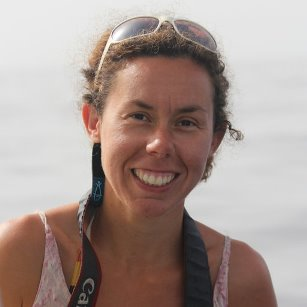Sustainable Conservation of Marine Mammals: Latest Advances and Prospects
A special issue of Sustainability (ISSN 2071-1050). This special issue belongs to the section "Sustainability, Biodiversity and Conservation".
Deadline for manuscript submissions: closed (30 April 2022) | Viewed by 11526
Special Issue Editor
Special Issue Information
Dear Colleagues,
Marine mammals face a mix of anthropogenic impacts, including exposure to anthropogenic noise and possible impacts of global climate change that include potential shifts in prey availability. Many of these conservation pressures may elicit acute or chronic responses that may be detectable in individuals before population-level impacts become apparent. These responses include elevations in stress-associated hormones, declines in reproduction or foraging efficiency, depressed immune system, and declines in body condition. Such changes can be used as indicators to monitor the occurrence, extent, severity, and cumulative effects of various conservation-relevant pressures on marine mammals, and for assessing the effects of chronic sources of disturbance (shipping noise, seismic exploration and climate change). Furthermore, marine mammals have been proposed as model species to use as ‘ecosystem sentinels’, particularly migratory species, due to their use of multiple marine ecosystems across large geographical areas. Our present understanding of marine mammal physiology, behavior or ontogeny is limited compared with most other vertebrate taxa. Growing technology underpinning data-loggers and Unmanned Aerial Vehicles (AUVs) allows for gathering rich information on these species using a variety of non-invasive sampling methods. These monitoring techniques have the potential to greatly improve our understanding of the foraging energetics, metabolism or population dynamics of marine mammals, better enabling assessment of the relative impacts of such anthropogenic and ecological pressures and the mechanisms available for their conservation.
With this Special Issue, we have a chance to integrate studies both from historical population declines caused by industrialization of whaling, current threats and population recoveries, with associated management and monitoring plans as examples of conservation success. From an ecological perspective, that will allow us to identify past and present ecosystemic services of marine mammals, crucial not only for the conservation of the marine environment and the biodiversity but also for the wellbeing of humans and the planet.
Dr. Patricia Arranz
Guest Editor
Manuscript Submission Information
Manuscripts should be submitted online at www.mdpi.com by registering and logging in to this website. Once you are registered, click here to go to the submission form. Manuscripts can be submitted until the deadline. All submissions that pass pre-check are peer-reviewed. Accepted papers will be published continuously in the journal (as soon as accepted) and will be listed together on the special issue website. Research articles, review articles as well as short communications are invited. For planned papers, a title and short abstract (about 100 words) can be sent to the Editorial Office for announcement on this website.
Submitted manuscripts should not have been published previously, nor be under consideration for publication elsewhere (except conference proceedings papers). All manuscripts are thoroughly refereed through a single-blind peer-review process. A guide for authors and other relevant information for submission of manuscripts is available on the Instructions for Authors page. Sustainability is an international peer-reviewed open access semimonthly journal published by MDPI.
Please visit the Instructions for Authors page before submitting a manuscript. The Article Processing Charge (APC) for publication in this open access journal is 2400 CHF (Swiss Francs). Submitted papers should be well formatted and use good English. Authors may use MDPI's English editing service prior to publication or during author revisions.
Keywords
- sustainable
- cetacean
- extinction
- monitoring
- survival
- population health
- ecosystem function





